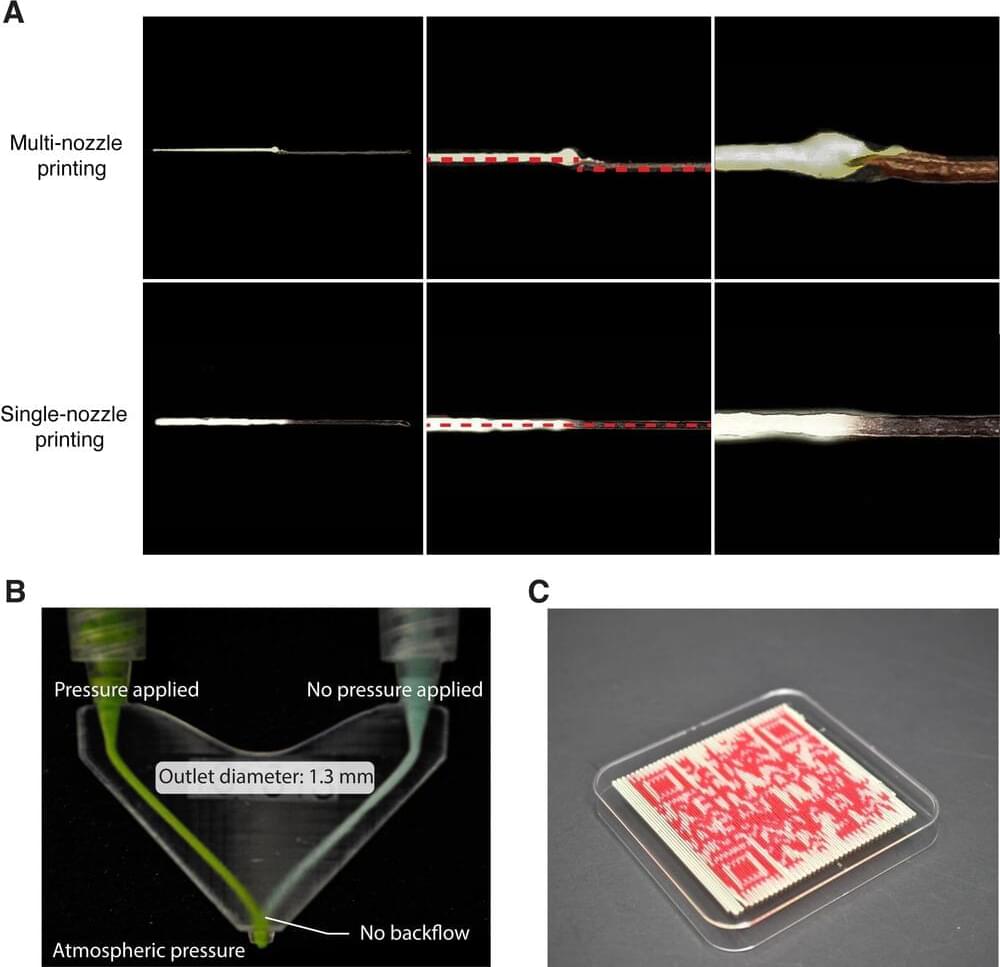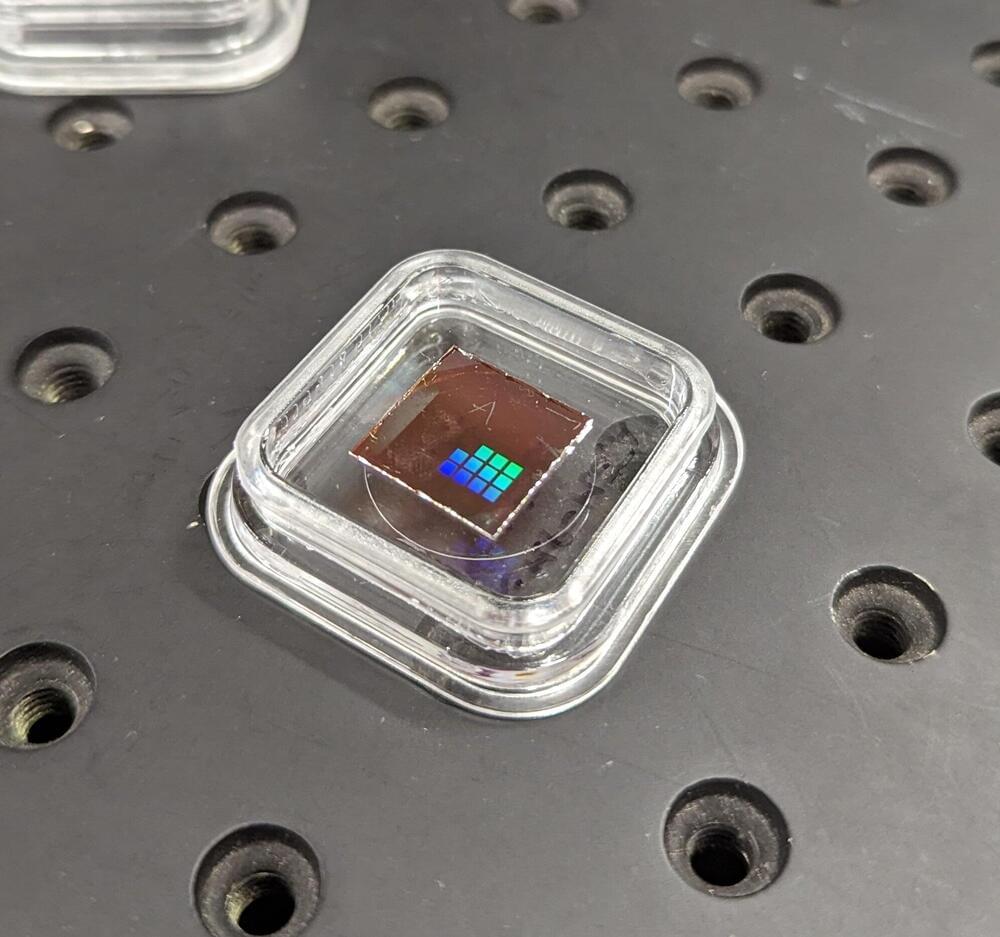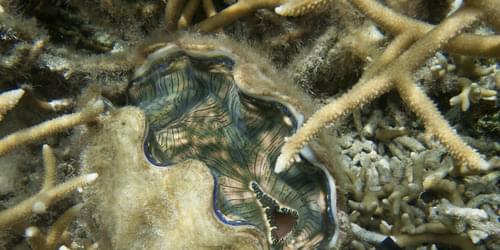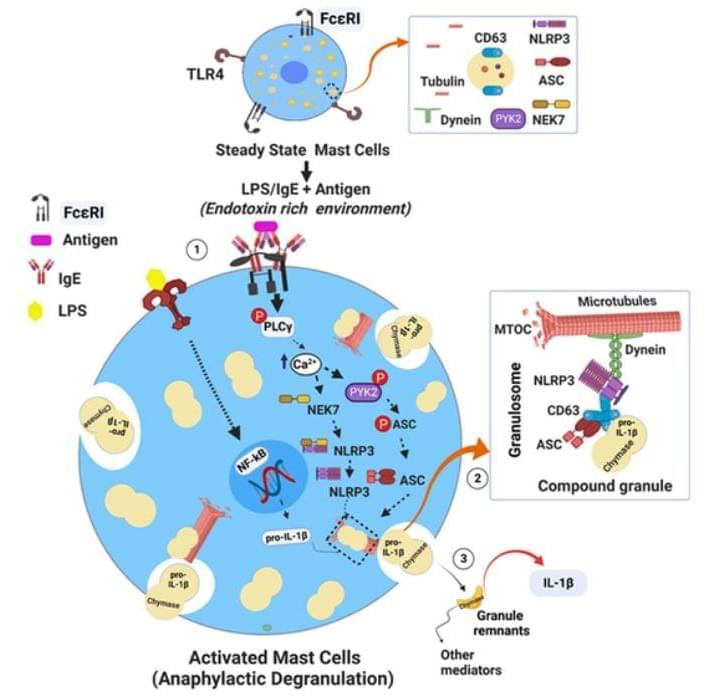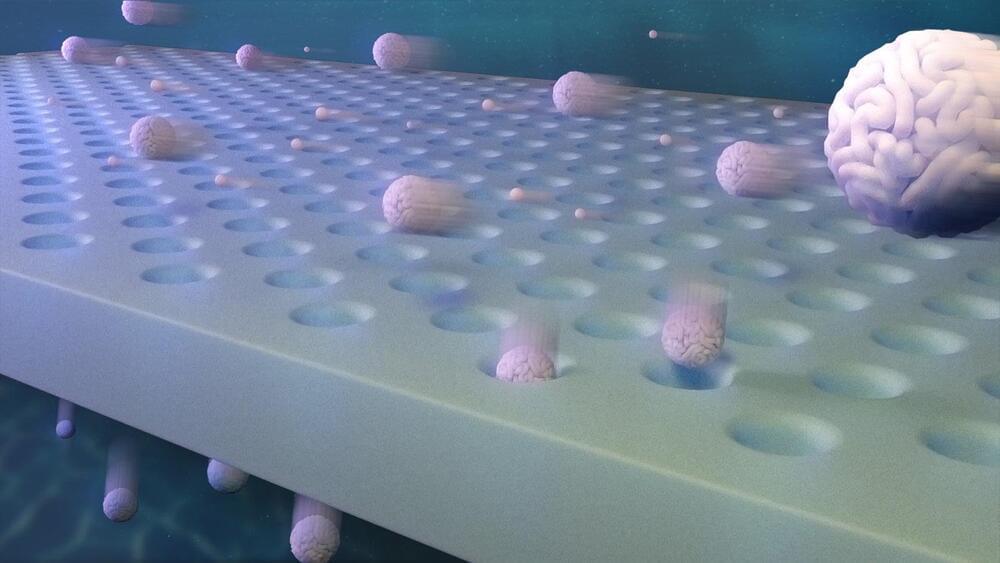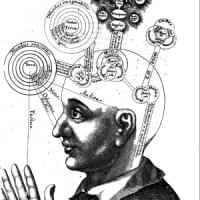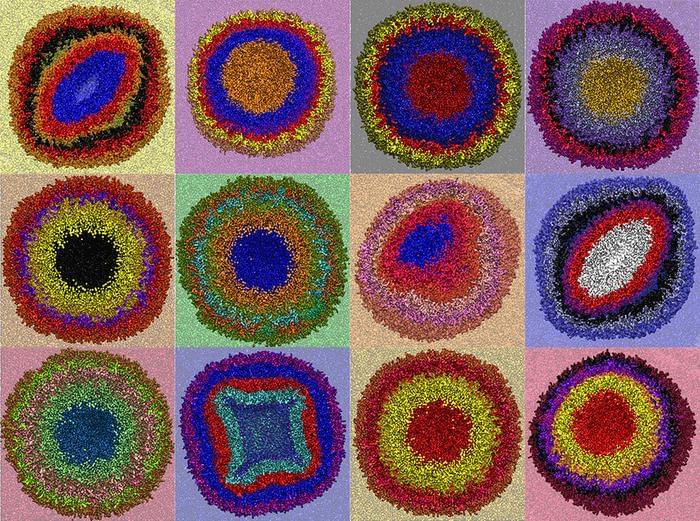The study notes, “Our study shows that the environmental resilience of S. caninervis is superior to that of some of highly stress-tolerant microorganisms and tardigrades.”
What plants would be most suitable for a future Mars settlement? This is what a recent study published in The Innovation hopes to address as a team of researchers from the Chinese Academy of Sciences investigated how the desert moss known as Syntrichia caninervis (S. caninervis) can survive extremely harsh conditions, specifically conditions on the planet Mars. This study holds the potential to help researchers, engineers, and future Mars astronauts better understand the types of plants they can grow, and even eat, while living on the Red Planet.
For the study, the researchers subjected S. caninervis to a series of brutal tests, including severe dryness, freezing temperatures, and large doses of gamma radiation, all of which are the environmental conditions on Mars and far harsher than humans and plants can manage. However, the researchers discovered that S. caninervis was able to recover 98 percent of its water loss within seconds after being severely dried out. The moss also achieved full recovery after being subjected to-80 degrees Celsius-112 degrees Fahrenheit) for 3 to 5 years along with-196 degrees Celsius (−320 degrees Fahrenheit) for 15 to 30 days.
Additionally, the moss demonstrated extreme resiliency to 5,000 Grays (Gy) of gamma radiation with 500 Gy being found to promote plant growth. For context, 5,000 Gy would kill most plants and only 50 Gy would be lethal to humans. Finally, the moss was subjected to 95 percent carbon dioxide in temperatures ranging from-60 degrees Celsius (−76 degrees Fahrenheit) to 20 degrees Celsius (68 degrees Fahrenheit), which are precise Martian surface environmental conditions, for periods of 1, 2, 3, and 7 days. The researchers found that the moss achieved full recovery after 30 days of returning to normal environmental conditions.
